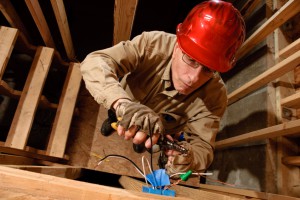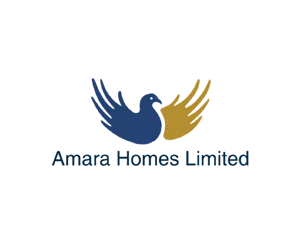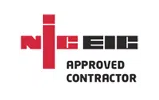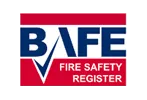All of us are feeling the pinch when it comes to home finances. It’s really tempting to cut corners when you’re not sure you have the money to hire a professional electrician.
But of all home improvement and repair jobs, electrics are one thing we recommend you never mess with. DIY electrical work is responsible for 10 deaths every year, as well as 750 serious injuries and 12,500 fires.
In this article, we’ll look at some of the very real dangers and risks of DIY electrics in the home.

Avoid DIY electrical faults
Assessing the Work Needed
Many homeowners take a look at a fault and think they have a pretty good idea of how to fix it. This is risky on two levels: you don’t necessarily know what modern regulations are, and you also don’t know if a fault is a symptom of a wider problem with your electrics.
As with any other problem, Google will get you so far. But Google cannot give you a professional opinion, and it cannot issue the paperwork you need to certify that the job’s been done properly. It also cannot fully inform you of specific risks, such as dangerous mistakes in your bathroom. For that, you’ll need to approach a professional electrician and pay for their time.
Note that very minor jobs are expected to be done on a DIY basis. That might include rewiring your outside light, connecting a new oven or replacing a socket in the home. These jobs are considered minor because you’re replacing like with like, and the parts involved are simple. If in doubt, telephone MD Bespoke on 020 8265 2061 for advice on what is and isn’t considered acceptable as a DIY job.
Causing Problems With DIY
DIY electrical jobs often cause more problems than they solve. We often talk about the risk of death due to electrical faults, and it’s all too east to create a fault (or not notice an existing fault) if you’re not trained and experienced.
Additionally, a botched electrical repair can present hidden danger to you, the occupants of your home and the people who live there in the future. It can also cause unexpected damage and other consequences, such as fires (minor or serious), damage to electrical items and burn marks on the walls, which can force you to have to do more DIY to fix the problem.
Regulations and Law
In electrics, there’s something called Part P of the building regulations. Part P dictates minimum safety regulations for installations throughout domestic properties, including outbuildings, corridors and water features.
Most installations must be carried out under Part P, and you must have paperwork to prove it. The only way you can get this certificate is to hire a professional registered with NICEIC or another accredited organisation. If you fail to comply, it’s a criminal offence.
The only way you can legally get Part P paperwork is to have the electrician carry out the work. You can’t do it yourself and get them to issue the paperwork on inspection, or for a fee.



















